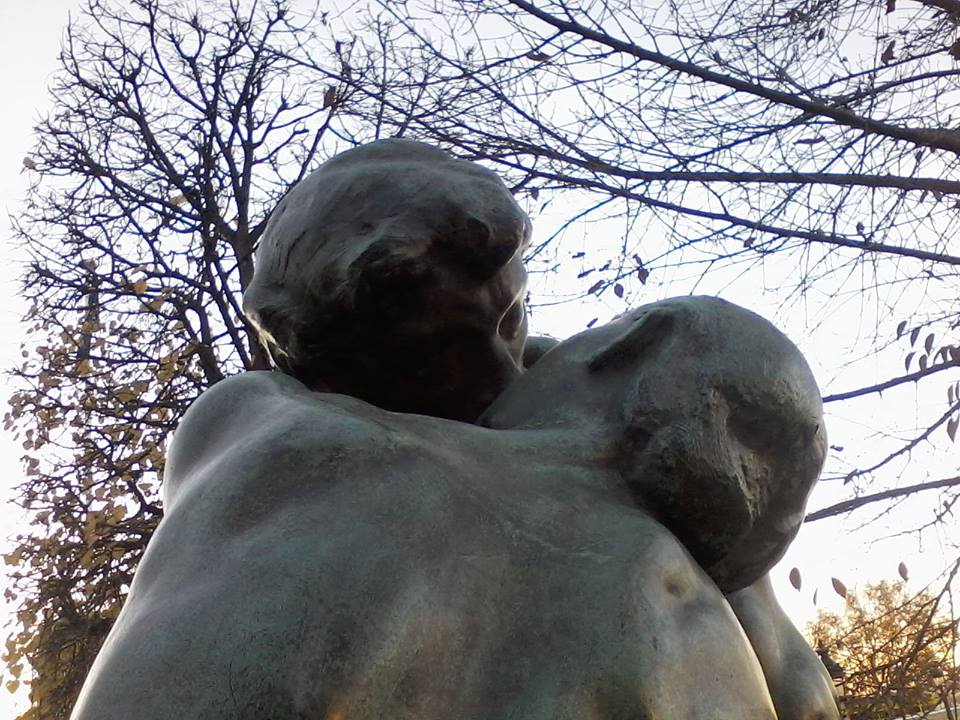“O QUE PODE A LITERATURA?”: O MUNDO DAS LETRAS E DAS IMAGENS
Keywords:
literatura, teoria literária, formação do leitor crítico, barroco.Abstract
This paper examines the place of Literature as an instrument for the formation of the critical reader and citizen in the context of the crisis of capital and tax adjustments of governments, the national and local scales. The Literature definitely allowed to realize to be the expression of the great representative art, in the late nineteenth century to the twentieth. Such a move , however, indicates the need for reinvention of Literature as an object of literary theory , theoretical and methodological effort that is already realized in the references of the baroque world (XVII century) , which established a relationship with other artistic languages. Thus, the literature can only develop their theoretical potential from operations that enable interaction with other artistic languages.
Downloads
References
BLOOM, Harold. O Cânone ocidental: os livros e a escrita do tempo. Trad. Marcos Santarrita. Rio de Janeiro: Objetiva, 1995.
CAMPOS, Haroldo de. O sequestro do Barroco na Formação da Literatura Brasileira: o caso Gregório de Matos. Salvador: Fundação Casa de Jorge Amado, 1989.
CANDIDO, Antonio. Formação da Literatura Brasileira: momentos decisivos. Belo Horizonte; Rio de Janeiro: Itatiaia, 1997 (v. 1).
CHEVREL, Yves. “Será possível escrever uma história da literatura europeia?”. In BRUNEL, Pierre; CHEVREL, Yves (orgs.). Compêndio de Literatura Comparada. Trad. Maria do Rosário Monteiro. Lisboa: Fundação Calouste Gulbenkian, 2004, p. 55-77.
HORACIO. Arte Poética. In ARISTOTELES, HORACIO, LONGINO. A poética clássica. Trad. Jaime Bruna. São Paulo: Cultrix, 2005.
LOZANO, José Ruy; GARCIA, Flora Bender. “O que seria da literatura numa ‘escola sem partido’”? Disponível em http://brasil.elpais.com/brasil/2016/07/20/id_externo_rsoc=FB_CM (Acesso em 23/07/16).
PAZ, Octavio. Os filhos do barro. Trad. Olga Savary. Rio de Janeiro: Nova Fronteira, 1984.
PERRONE-MOISES, Leyla. Altas literaturas. São Paulo: Companhia das Letras, 1998.
SANTOS, Boaventura de Sousa. A gramática do tempo: para uma nova cultura política. São Paulo: Cortez, 2008.
SANTOS, Boaventura de Sousa. A crítica da razão indolente: contra o desperdício. São Paulo: Cortez, 2000.
SARDUY, Severo. “O Barroco e o Neobarroco”. In MORENO, César Fernández (coord.). América Latina em sua literatura. Trad. Luiz João Gaio. São Paulo: Perspectiva, 1979, p. 161-178.
WÖLFFLIN, Heinrich. Renascença e Barroco: estudo sobre a essência do estilo e sua origem na Itália. Trad. Mary Barros; Antonio Steffen. São Paulo: Perspectiva, 1989.
WÖLFFLIN, Heinrich. Conceitos fundamentais da história da arte. Trad. João Azenha. São Paulo: Martins Fontes, 1982.
http://www.cienciasemfronteiras.gov.br/web/csf/objetivos (Acesso em 26/07/16).
http://www.escolasempartido.org/objetivos (Acesso em 23/07/16).
Downloads
Published
How to Cite
Issue
Section
License
Os autores mantêm os direitos autorais e concedem à revista o direito de primeira publicação, com o trabalho simultaneamente licenciado sob a Creative Commons 4.0 que permite o compartilhamento do trabalho com reconhecimento da autoria do trabalho e publicação inicial nesta revista.
Os autores têm autorização para assumir contratos adicionais separadamente, para distribuição não-exclusiva da versão do trabalho publicada nesta revista (ex.: publicar em repositório institucional ou como capítulo de livro), com reconhecimento de autoria e publicação inicial nesta revista.






